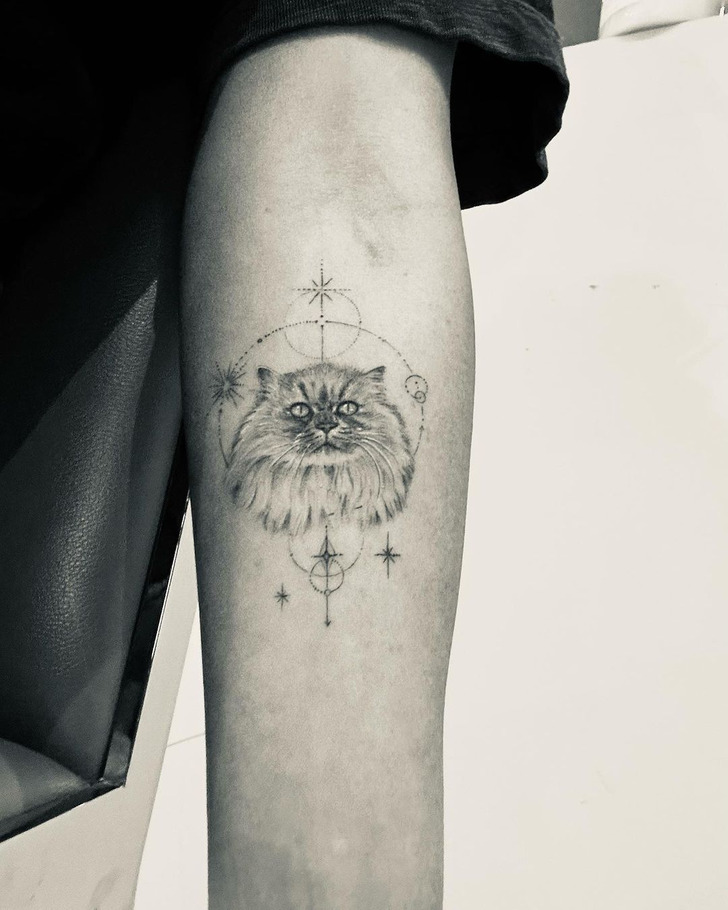Unlocking the Symbolism and Meanings Behind Spine Tattoos in Arabic Culture
– The article discusses the growing trend of tattooing among younger Muslims.
– Saj, a Muslim man, waited until after marriage to get a tattoo out of respect for his partner, who also wanted a tattoo.
– Tattooing holds cultural significance in some Middle Eastern and South Asian cultures, but is stigmatized in others.
– While some religious scholars believe tattoos are forbidden in Islam, others have a more liberal view.
– Jwan Imam, a tattoo artist from Aleppo, Syria, now living in Berlin, learned the craft from his uncle and now specializes in Middle Eastern style calligraphy tattoos.
– “Freedom” in Arabic is one of the most common tattoo requests, symbolizing the struggle faced by many Syrians after the Arab Spring.
– Jwan refuses to do religious or Quranic tattoos.
– Some Muslims are getting tattoos in Arabic script, but there is a limited number of Muslim tattoo artists available.
– Some Muslim individuals are having their tattoos designed by professional Arabic calligraphers, then tattooed by other artists who can’t read or write in Arabic.
– Josh Berer is a calligrapher and designer based in Washington DC who studied Arabic and designs Arabic tattoos for clients in Europe, the US, and Australia.
– There is high demand for Arabic tattoos, especially among a new generation of Muslims born in Europe or the United States.
– Spine tattoos, which stretch from the top of the back to the bottom, are a popular style.
– These tattoos can showcase intricate designs and are often used for script tattoos in Arabic or other fonts.
– Spine flower tattoos, featuring flowers like Iris or Blood Orchid, are also common.
– Other popular designs include phases of the moon, dreamcatchers, and scripture quotes.
– Spine tattoos can be deep and meaningful or lighthearted and funny.
